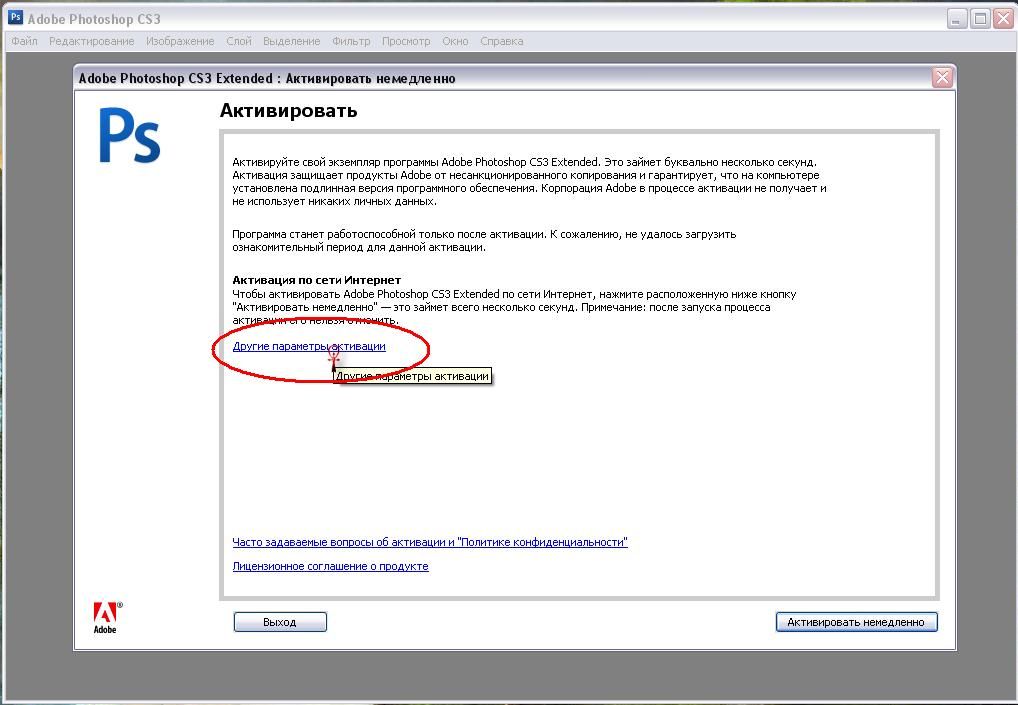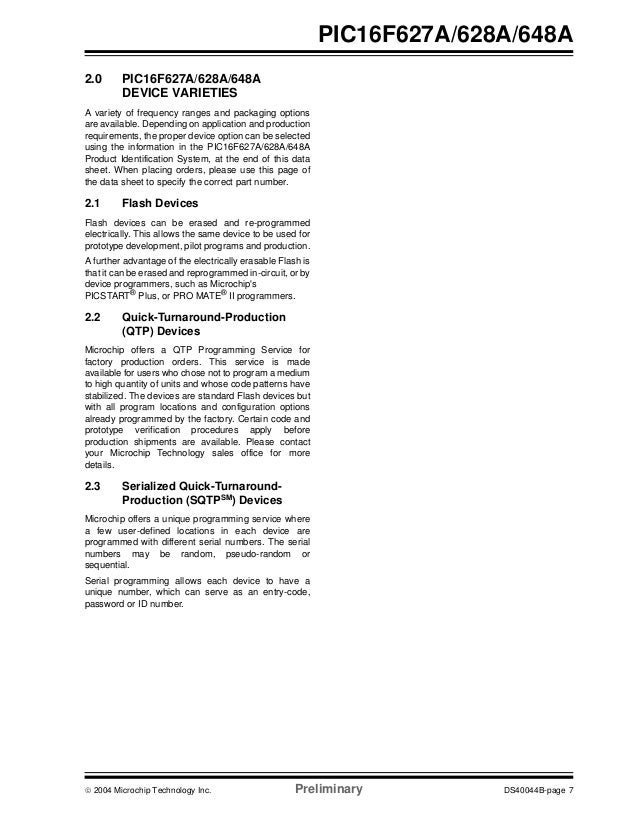16f628a Simple Program Code
Posted on 2nd October 2012 Tagged in,This is the first in a series of articles describing the construction of an interface board suitable for controlling 2 motors, 2 servos and providing a collection of binary inputs and outputs. The board provides limited onboard intelligence (only enough to protect the motors and servos from invalid operations) - it is designed to be controlled from an external computer through an RS232 connection.Update The MPLAB X project file for this post is. IntroductionThis article provides an introduction to the microcontroller that is at the heart of the project - the. All of the provided programs are in PIC assembly language, using C on a PIC (the 8 bit PIC processors at least) seems to be overkill - the resulting code looks a lot like assembly language but with a lot more boiler plate around it. RequirementsThere are a number of things you are going to need for this to be more than an intellectual exercise. You will need a way to convert the assembly language code into a binary file that can be loaded into the program memory on the PIC. The easiest solution is to download and install the which is available for Windows, Mac and Linux.
 Adobe Flash CS3 By Hamid - Crack For Fun keygen and crack were successfully generated. Download it now for free and unlock the software. Download Adobe Flash CS3 Professional + Keygen. Free crack, serial number, keygen for Adobe Flash CS3 Professional + Keygen.
Adobe Flash CS3 By Hamid - Crack For Fun keygen and crack were successfully generated. Download it now for free and unlock the software. Download Adobe Flash CS3 Professional + Keygen. Free crack, serial number, keygen for Adobe Flash CS3 Professional + Keygen.
You will need to download the appropriate installers for the MPLABX IDE and MPLAB XC8 Compiler from the previous link and install them in that order. If you prefer to use the command line and already have a preferred editor you might consider the package (this can be installed via apt-get for Debian and Ubuntu). A simulator is handy to test your code before burning to a chip - it helps to iron out the more obvious bugs in a more friendly environment and reduce the chances of damaging any components in your circuit. MPLABX includes a simulator, you could also look at or which are available for both Linux and Windows.
The gpsim project provides both a command line interface (similar to ) and a simple GUI. PICsim on the other hand provides a much more graphical interface as well as simulating some external hardware (switches, LED's, LCD displays, etc). A hardware programmer is required in order to burn the resulting code onto the chip itself. I'm using one known as the K150 (v2.1) - I'm not sure if this is available anymore (and if it is - from resellers for example - how long the supporting software will be available) as the main manufacturers site seems to have expired. There are wide range of alternative programmers available (a google search should turn up something that suits your budget and needs).

At least one PIC16F628A chip - preferably two in case of mistakes. In Australia these are available from at $AU 4.40 per unit, in the US you could source them from for $US 3.18.Programming PrinciplesI highly recommend downloading a copy of the for the processor and keeping it open as a reference (it's large, 180 pages long, so printing it out may not be an option). I'm going to gloss over a lot of details and just concentrate on the basics - for more information please refer to the datasheet to get all the nitty gritty details.This particular model of PIC has 2048 words of program memory (each instruction consumes a single word so your maximum program length is 2048 instructions), 224 bytes of RAM, 128 bytes of EEPROM for persistant storage and 16 IO pins.

If you look at the pinout to the left you can see that most of the IO pins have multiple purposes - only one function is available at any given time so choosing to use a particular function will exclude that pin from any other purpose. This is a very important factor to consider when designing your project.Memory layout on the PIC is very different to what you are probably used to if you have developed programs for desktop computers. Each memory location is considered as a register and is accessed by it's address. To further complicate the issue not all registers are available at any given time - memory is organised as four banks of 128 registers each and only one bank can be accessed at one time. The first 32 registers in each bank are special purpose registers that are used to control and configure the processor and IO pins, the last 16 registers in each bank are shared across all banks allowing for values that can be accessed regardless of which bank is currently selected. Not all register addresses are implemented either which leaves some gaps in the memory map that need to be worked around. The full memory map is shown in the image on the right.

The entries labeled as General Purpose Register and the block of 16 bytes at the end of each page are free for use by your program.The PIC processor is a based system so it has a very simple instruction set - only 35 instructions in total. As well as the registers mentioned above there is a single working register (refered to as W) that is required for many operations. Operations that modify values have the option to store the result in this register or the file register being operated on.Each instruction takes 4 clock cycles to execute with the exception of conditional and jump instructions which may take 8 clock cycles. This model of PIC can operate at up to 20MHz (approximately 5 MIPS) using an external oscillator. There is an onboard oscillator which operates at 4MHz (approximately 1 MIPS) and can be slowed to 48 KHz to save power or facilitate debugging and testing. All examples in this series will use the internal oscillator.
16f628a Simple Program Codes
Sample Project - Flashing an LEDThe remainder of this article describes a circuit (and the software) required to flash an LED at a regular period (on for 250ms, off for 250ms). This project doesn't use any of the special periphials on the chip, timing is achieved purely though clock cycle counting and only a single output pin is used. Flashing a LED - The CircuitElectrically the PIC will operate with an input voltage from 3.0V to 5.5V and draws very little current (typically less than 2 mA @ 5V for the chip itself). It does require a steady DC power supply but a voltage regulation circuit is generally not necessary. As most of my projects are designed to be mobile (or at least portable) I tend to use a 6V battery pack (4 x AA NiCD batteries).The circuit shown to the left is the simple LED flashing example we are going to use. The upper left part of the circuit is a simple voltage regulator which uses the forward voltage drop across a 1N4004 diode to ensure the input voltage is always less than 5.5V.The LED itself is driven from the RB5 output through a 180 Ohm current limiting resistor.
How To Write A Simple Program In C++
Outputs from a PIC can drive loads up to 25mA (so a single LED is fine) with a total of 200mA for all active outputs. For higher loads you would generally use the output from the PIC to drive a transistor which will bear the load rather than pulling it through the output pin itself. Flashing a LED - The CodeFor this project I've kept the code very simple, only the basic input and output functionality of the chip is being used. I have a simple```;; Template program for PIC16F628A chips.;-; 28-SEP-2012 shaneg;; Use this file as a template for new projects.